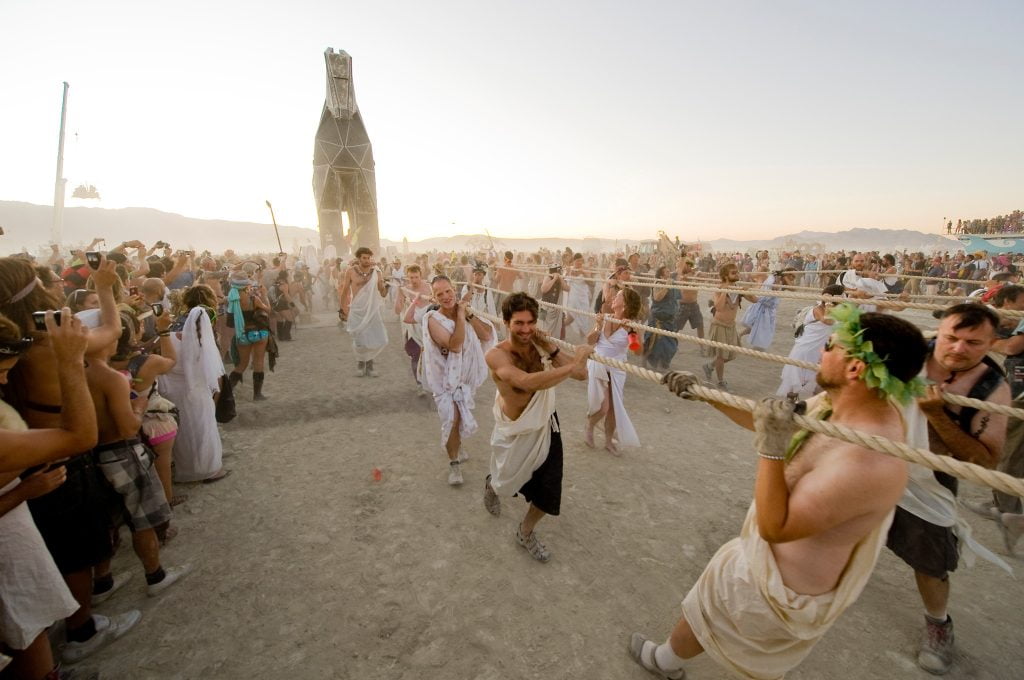Have you ever wondered, “What is the Pongal festival”? Originating in Tamil Nadu, Pongal is a vibrant and significant harvest festival celebrated with enormous enthusiasm across Southern India. This auspicious festival, also known as the “Tamil Thanksgiving Day,” holds deep cultural and traditional roots, marking the auspicious beginning of the Thai month in the Tamil calendar. Pongal is a four-day festival that honors the sun, earth, and cattle, and it involves various rituals, delicious feasts, colorful decorations, and vibrant cultural performances. Join us on a journey as we unwrap the magic of the Pongal festival and delve into the rich traditions and customs that make this celebration a truly special and joyful experience!
Leave it to @ramakrishnannn to throw the best themed parties 😂 pic.twitter.com/h9KSSTT3eg
— Lena Lemon |りな (@lenalemon_) September 1, 2024
Introduction to the Pongal Festival
**Pongal** is a significant and traditional harvest festival celebrated in **Southern India**, particularly in Tamil Nadu, to mark the abundance of the harvest season. It is observed for four days in the middle of January, according to the Tamil solar calendar. The festival is a time of **thanksgiving** for the farmers as they express their gratitude to the Sun God and cattle for their contributions to a bountiful harvest.
The Name and Significance
**Pongal**, the name of the festival, originates from the Tamil word **’pongal’**, which means **”to boil”**. It signifies the traditional dish prepared during the festival using freshly harvested rice, jaggery, and milk, cooked in new clay pots, symbolizing **prosperity** and **good luck** for the coming year. **This ritualistic cooking and offering** is a vital part of the celebrations.
Celebration Rituals and Customs
The first day of the festival, known as **Bhogi**, involves the disposal of old belongings and celebrating new beginnings. The second day is **Thai Pongal**, where the freshly harvested rice is **cooked in milk outdoors** to honor the Sun God. The third day, **Maattu Pongal**, is dedicated to acknowledging the cattle’s contribution to agriculture. The final day, **Kaanum Pongal**, is a day for family gatherings and outings.
- **Cleaning and decorating homes**
- **Drawing colorful rangolis**
- **Offering prayers and sweets**
- **Exchanging gifts with loved ones**

Historical Significance of Pongal
Pongal is a traditional Hindu harvest festival celebrated in South India, particularly in Tamil Nadu. The festival holds immense historical significance as it marks the end of the winter solstice and the start of the auspicious Uttarayan period. Pongal is dedicated to the Sun God, Surya, and is a way of expressing gratitude for a bountiful harvest.
Origins of Pongal
The origins of Pongal can be traced back to ancient Tamil literature, particularly the Sangam period. It is believed that the festival has been celebrated for over 2000 years, making it one of the oldest harvest festivals in the world.
The term “Pongal” itself means “boiling over” or “overflowing,” symbolizing prosperity and abundance. During the festival, rice is cooked in a clay pot until it overflows, signifying good fortune.
Cultural Significance
The festival is not just about celebrating the harvest but also about honoring cattle, which play a vital role in agriculture. On the third day of Pongal, known as Mattu Pongal, cattle are bathed, adorned with garlands, and fed well to thank them for their contribution to farming.
Another important aspect of Pongal is the Kolam, which is made with intricate patterns of rice flour at the entrance of homes. Kolams are believed to bring prosperity and ward off evil spirits.
Traditions and Customs during Pongal
Pongal, a traditional harvest festival celebrated in South India, holds great cultural significance. Families gather to offer thanks to nature and the Sun God for a bountiful harvest.
The Four-Day Festival
Each day of Pongal has specific customs:
- Bhogi: Homes are cleaned and painted to signify a fresh start.
- Thai Pongal: The main day of the festival, where rice is boiled with milk and jaggery in earthen pots to mark prosperity.
- Maatu Pongal: Cattle are worshipped for their role in agriculture.
- Kaanum Pongal: Families visit friends and relatives to share the festive spirit.
Rituals and Decorations
During Pongal, homes are adorned with colorful kolam (rangoli designs) made of rice flour. Traditional dishes like sweet sakkarai pongal and savory ven pongal are prepared.
Image:
Pongal Rituals and Celebrations
One of the most significant festivals in South India, Pongal is a harvest festival that is celebrated to thank the Sun God for a bountiful harvest. The festival symbolizes prosperity and abundance, and it typically falls in January, marking the beginning of the auspicious month of Thai in the Tamil calendar.
The Four-Day Celebration
Pongal is a four-day affair, with each day holding its unique significance. The first day, Bhogi Pongal, is dedicated to cleansing and getting rid of the old and welcoming the new. The second day, Thai Pongal, is the main day of the festival, and the Pongal dish is cooked in the courtyard as an offering to the Sun God. The third day, Mattu Pongal, is dedicated to the worship of cattle, particularly cows. Finally, the fourth day, Kaanum Pongal, is when people visit their friends and family to exchange greetings.
Pongal Dish Preparation
The preparation of the Pongal dish is a central part of the celebrations. Made with freshly harvested rice, jaggery, moong dal, and milk, the dish is cooked in earthen pots outdoors. As the milk boils over, signifying prosperity and abundance, people shout, “Pongalo Pongal!” to invoke blessings and good fortune.
The sweet aroma of the Pongal dish wafts through the air, creating a festive atmosphere. Families and communities come together to cook and share this delicious dish, strengthening bonds and spreading joy.
Sweetness of Pongal Food
One of the highlights of the Pongal festival is the delicious food that is prepared during this festive occasion. Pongal, a traditional dish made with rice, lentils, jaggery, and clarified butter, is the star of the menu. This aromatic and rich dish symbolizes prosperity and happiness. The sweetness of Pongal food resonates with the joy and warmth of the festival celebrations.
The Significance of Pongal Dish
The Pongal dish holds a special place in the hearts of those celebrating the festival. It is a symbol of gratitude for a bountiful harvest and a way to honor the sun god for blessings with agricultural abundance. The aroma of freshly cooked Pongal fills the air, inviting everyone to partake in this traditional delight.
Celebratory Cooking Rituals
During the Pongal festival, families come together to prepare the Pongal dish in traditional clay pots over an open flame. This communal cooking ritual creates a sense of unity and togetherness among loved ones. The act of boiling the Pongal until it overflows signifies prosperity and growth in the coming year.
Community Bonding in Pongal
One of the most significant aspects of the Pongal festival is the strong sense of community bonding it fosters among people. Families and friends come together to celebrate and partake in various rituals that symbolize unity and gratitude.
Traditional Pongal Cooking
During Pongal, households prepare a special dish called ‘Pongal’ using newly harvested rice, jaggery, and other ingredients. This communal cooking process not only signifies abundance but also showcases the spirit of cooperation among family members.
Participants gather around the traditional hearth, symbolizing unity, to cook the dish and offer it to the Sun God as a token of thankfulness.
Decorating Cattle
Another unique tradition during Pongal involves decorating cattle, especially cows and oxen, with vibrant colors and ornaments. This practice aims to emphasize the importance of these animals, which play a crucial role in agricultural activities.
- Decorating cattle strengthens the bond between farmers and their livestock.
- It also adds a festive element to the celebrations.
Symbolism of the Pongal Festival
Pongal, the harvest festival celebrated in South India, holds deep symbolic significance. The festival is a time to express gratitude to nature for providing a bountiful harvest and marks the beginning of the auspicious Uttarayan period.
Mattu Pongal
One of the significant rituals during Pongal is Mattu Pongal, which is dedicated to honoring cattle for their contribution to agriculture. Cows and bulls are bathed, adorned with colorful garlands, and worshipped as a sign of respect.
Surya Pongal
Surya Pongal, the main day of the festival, involves boiling freshly harvested rice with milk in earthen pots. This ritual symbolizes abundance and prosperity, with the overflowing pot representing the blessings pouring in.
Frequently Asked Questions
- What is the significance of the Pongal Festival?
- Pongal is a harvest festival celebrated in South India, marking the end of the winter solstice and the beginning of the sun’s journey northwards.
- How long does the Pongal Festival last?
- The Pongal Festival is typically a four-day celebration. Each day holds its significance and rituals.
- What are some traditional rituals associated with Pongal?
- Some traditional rituals of Pongal include boiling milk in a clay pot until it overflows, offering prayers to the Sun God, and decorating homes with kolam (rangoli).
- What is the traditional dish made during Pongal?
- The traditional dish made during Pongal is also called ‘Pongal,’ which is a sweet rice dish made with jaggery, milk, and other ingredients.
- How is Pongal celebrated in different states of South India?
- While the essence of Pongal remains the same, different states like Tamil Nadu, Andhra Pradesh, Karnataka, and Telangana may have unique customs and traditions associated with the festival.
Final Thoughts on the Pongal Festival
As we unravel the essence of the Pongal festival, it becomes apparent that this celebration is a beautiful amalgamation of gratitude, tradition, and community spirit. The festival’s significance lies in its symbolism of abundance, renewal, and togetherness. Through various rituals and festivities, Pongal brings people closer, fostering bonds and spreading joy.
Understanding what the Pongal festival is all about offers a glimpse into the rich cultural tapestry of the Tamil Nadu region. It showcases the deep-rooted connection between humanity and nature, encouraging us to appreciate the blessings we receive and cherish the harmony we share with the world around us.




